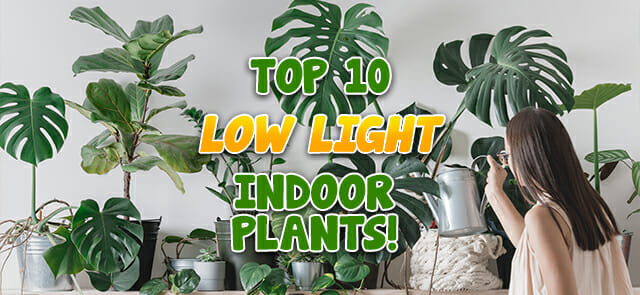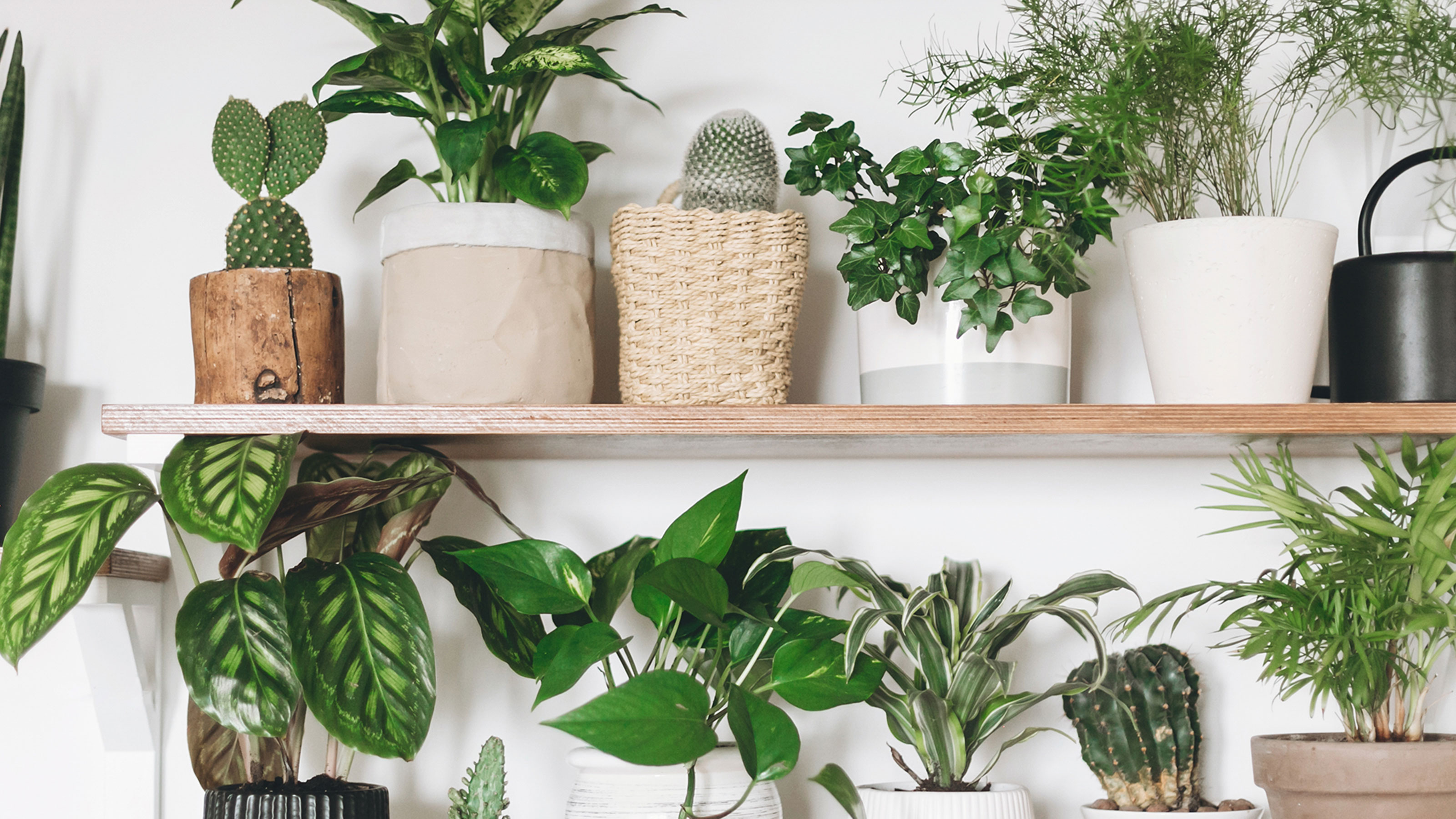Best Low-Light Indoor Plants for Creating a Relaxing and Green Environment
Best Low-Light Indoor Plants for Creating a Relaxing and Green Environment
Blog Article
Discover the very best Low-Light Indoor Plants for Enhancing Your Home Decor
Integrating low-light indoor plants right into your home design can dramatically improve both aesthetic appeals and environment, specifically in areas that do not have bountiful all-natural light. Varieties such as the Serpent Plant and ZZ Plant not just bring life to dim corners but additionally contribute to boosted air high quality and total well-being.

Why Select Low-Light Plants
Why select low-light plants in your indoor rooms? The modern-day living setting usually offers challenges such as limited natural light, making it hard for conventional houseplants to prosper. Low-light plants are particularly adjusted to grow and survive in these conditions, offering a practical option for people looking for to boost their indoor areas without the included anxiety of keeping extra light-demanding vegetation.
Along with their resilience, low-light plants contribute considerably to the aesthetic appeals of a room. Their diverse variety of forms, dimensions, and colors enables for one-of-a-kind interior style chances, developing welcoming and vivid atmospheres. Moreover, interior plants are known for their air-purifying qualities, boosting interior air top quality by releasing and filtering contaminants oxygen, which can enhance general health.
Low-light plants also require very little maintenance, making them particularly attracting busy people or those brand-new to gardening. Their flexibility permits placement in numerous atmospheres, from office to dimly lit corners of the home. By choosing low-light plants, you can enjoy the benefits of plant without the restrictions that often accompany conventional horticulture, inevitably cultivating a healthier and a lot more aesthetically appealing indoor environment.
Leading Low-Light Indoor Plants
For those looking for to improve their indoor areas with plant that grows in low-light conditions, numerous plant options stand out for their resilience and visual charm. The Snake Plant (Sansevieria trifasciata) is a prominent choice, known for its upright, sword-like fallen leaves and capacity to endure neglect. This durable plant can make it through in dimly lit areas while boosting interior air high quality.
An additional exceptional alternative is the Pothos (Epipremnum aureum), characterized by its heart-shaped leaves and routing creeping plants. When put on racks or hanging baskets., Pothos is not only adaptable to low light yet also provides a striking visual comparison.
The ZZ Plant (Zamioculcas zamiifolia) is similarly impressive, flaunting glossy, dark environment-friendly leaves that can brighten up any type of corner. Its drought resistance makes it perfect for active house owners.
Care Tips for Low-Light Plants
How can you ensure that your low-light interior plants thrive in spite of restricted sunlight? Initially, choose the suitable potting mix that provides excellent water drainage while maintaining wetness. A well-aerated dirt, such as a mix of potting soil and perlite, can help protect against root rot.
Watering is essential; low-light plants typically require less regular watering compared to their sun-loving counterparts. Constantly examine the leading inch of the soil-- if it really feels dry, it's time to water. Beware of overwatering, as this can bring about fungal issues and origin decay.
Fertilizing low-light plants ought to be done moderately - Best low-light indoor plants. Use a well balanced, water-soluble plant food during the expanding period, yet get rid of or reduce fertilizing in the dormant months
Additionally, dust can collect on leaves, hindering photosynthesis. Gently wipe the leaves with a wet towel to maintain them tidy.
Last but not least, observe your plants closely. Indicators of distress, such as yellowing leaves or leggy development, can suggest that your plant requires adjustments in treatment (Best low-light indoor plants). By following these care pointers, your low-light interior plants can prosper, adding charm and vitality to your home
Innovative Ways to Show Plants
Raising the aesthetic charm of your indoor area can be achieved by attentively presenting your low-light plants in innovative ways. Take into consideration utilizing vertical area to your benefit; wall-mounted shelves can showcase routing plants like pothos or philodendron, including lushness while conserving flooring area. Conversely, use plant stands of varying heights to create aesthetic passion and deepness, attracting the eye upward.
Hanging planters are one more exceptional choice, providing a remarkable effect when put on hold from the ceiling or hooks. Macramé wall mounts can introduce structure and bohemian flair, while modern ceramic wall mounts can fit a minimalist visual. For an extra ingenious her explanation approach, repurpose one-of-a-kind containers such as classic teacups or glass jars, which can add personality to your display.
Grouping plants in collections is additionally reliable; usage varying pot sizes and colors to create a natural appearance. This method not only boosts visual impact yet also offers an all-natural environment feel - Best low-light indoor plants. Consider placing plants near light resources like lamps or home windows to enhance their growth and showcase their lively foliage, thus boosting the total ambiance of your interior environment.
Advantages of Indoor Greenery
Countless researches have shown that integrating interior plant into your living space provides a plethora of benefits, enhancing both physical and psychological well-being. One of the most considerable advantages of indoor plants is their ability to improve air high quality. Plants absorb co2 and release oxygen, developing a healthier environment while also straining harmful toxins, therefore advertising respiratory system wellness.
Furthermore, the presence of plant has actually been connected to lowered anxiety levels. Study shows that engaging with plants can decrease cortisol degrees, which are connected with tension. This relaxing result can result in improved mood and increased performance, making interior plants an ideal enhancement to workspaces.
Additionally, indoor greenery can boost cognitive feature. Researches recommend that atmospheres enhanced with plants can bring about enhanced emphasis, creativity, and total mental quality. The visual allure of interior plants likewise adds to an extra inviting and positive setting, favorably influencing social communications and general complete satisfaction within an area.
Final Thought

Incorporating low-light indoor plants into your home decor can dramatically enhance both visual appeals and ambience, particularly you could try these out in areas that do not have plentiful all-natural light. Ranges such as the Snake Plant and ZZ Plant not only bring life to lower corners but additionally add to enhanced air top quality and total well-being. Indoor plants are known for their air-purifying top qualities, improving indoor air top quality by launching and filtering toxins oxygen, which can boost overall health.
For those seeking to improve their interior spaces with plant that thrives in low-light problems, a number of plant options stand out for their strength and aesthetic allure. These durable plants, such as the Snake Plant and ZZ Plant, thrive in dim problems and call for very little maintenance, making my site them suitable for different way of lives.
Report this page